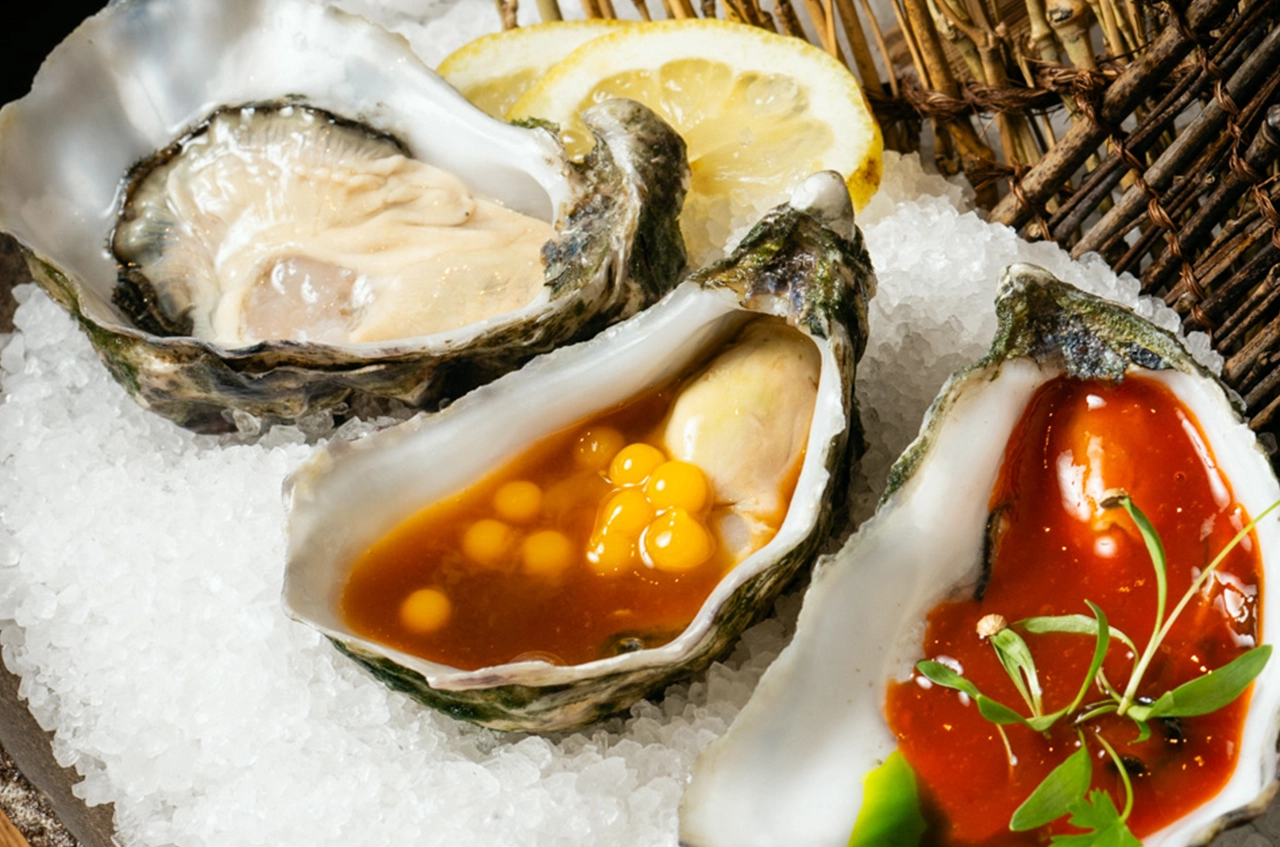The number in oysters is usually a indicator of its origin and size. They are useful both for producers and also for the consumers as they allow to identify characteristics of each oysters very quickly. Below, we explain what the numbers mean, like the special Claire Nº2 natural oyster from Arko, in Barcelona’s Eixample district.
Size and quality of the oyster
An oyster with a low number (for example 1,2 or 3) generally indicates that the oyster is on the bigger side. The reason for this is that oysters grow in batches, and the numbers are used to classify oysters according to their size. They can also be graded by numbers representing different qualities. Again, a low number represents a high-quality oyster, well-formed and with abundant meat.
Origin or cultivation area
The numbers can also be used to indicate the cultivation area of the oysters. In this case, each number can represent a region or a specific system of cultivation. It’s a very relevant piece of information because the taste and texture of the oyster can vary a lot depending of their cultivation area. For example, oysters from the north of Europe, like the special Claire Nº2 natural oyster, which we serve with passion fruit ponzu sauce are tastier than those from the US coast. In this sense, the numbers function like a identification code for the characteristics of the atmosphere in which the oysters had grown, like for example water salinity, temperature or feed.
Seasonal oysters
Sometimes, the numbers on oysters are also used to indicate the time of the year in which they were harvested. For example, some oysters are grown in systems that produce different varieties depending on the season, and the number may refer to this.
Summing up, the numbers on oysters are a way of classifying and categorizing these marine creatures according to their size, origin, quality, and season. You can come and enjoy them at one of the best Japanese restaurants in Barcelona: reserve your table at Arko here and enjoy our Oyster Bar.

